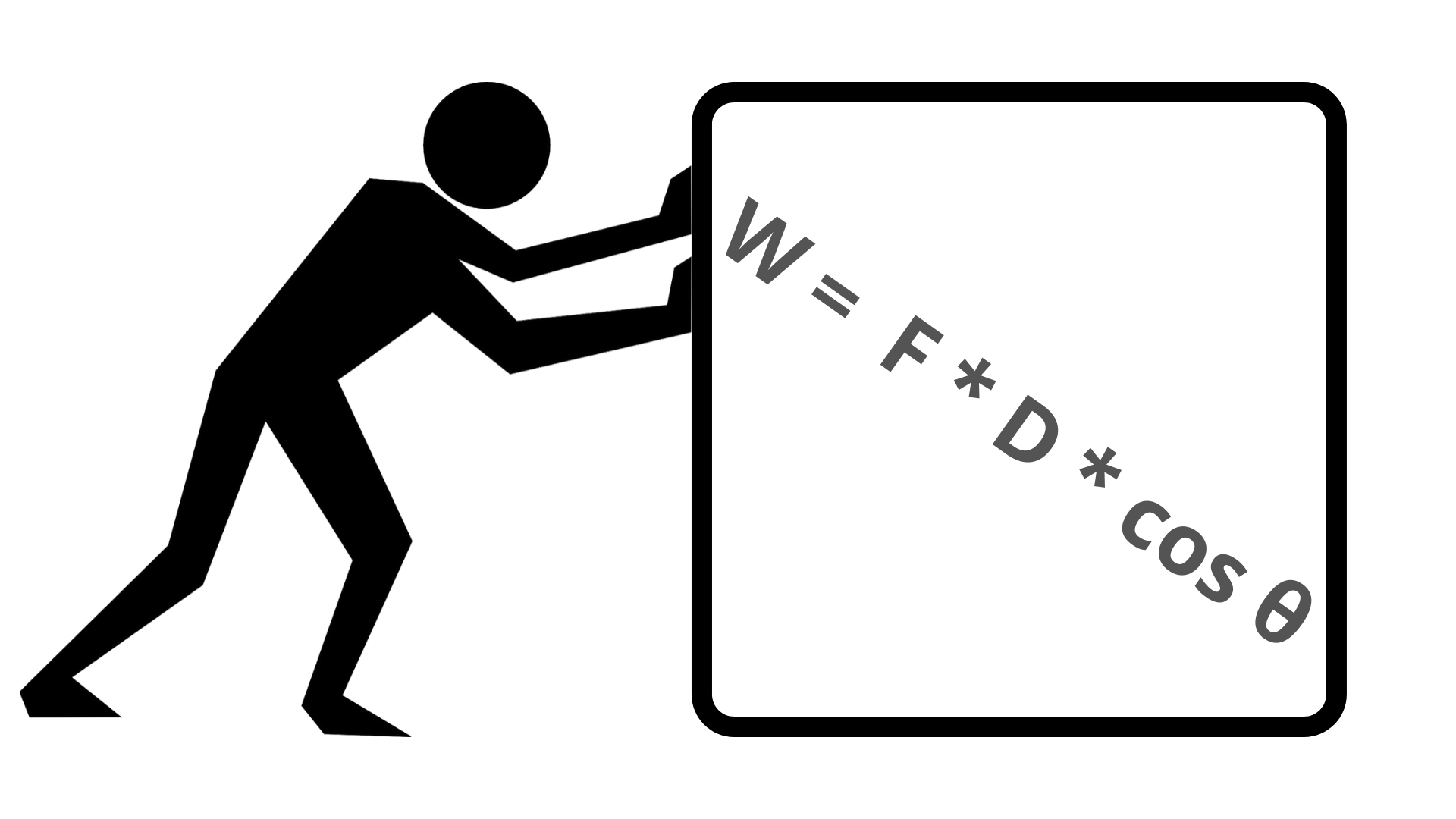

When finding the work to put two opposite poled particles near each other, the force path consists of: The work integral formula can be done for the distance that extends into the realm of infinity. Work By Integration: Charged Particles Example The distance traveled by the pulley is 2πr = (2π)(1.5) = 3π meters and F(x) = m*g

Step 2: Substitute for values within the equation and evaluate the integral over the lifting distance of 10 meters. It can be safely assumed that the cargo being lifted upwards does not have a reflection angle from the string. Step 1: Determine if the force in this system is angled off from the path the cargo takes when lifted. For the cargo to be lifted up 10 meters, how much for does the pulley exert? Assume that the pulley and rope to be massless. Let’s say that a pulley for radius 1.5 meters is built to lift cargo that has a max weight limit of 150 kg. Pulley ExampleĪ simple example that uses the integral is for a pulley system. Two vector elements being perpendicular to each other is understood as both elements being independent of each other.

Forces that angle off from the set path by 90 degrees equate to zero work via cos(90*) = 0. Work is in its fullest for forces that are directly applied to the path taken (Rochester, 2014). Where the cosine of the angle, between both vectors on the path interval is present. Work by integration can take the angling of the force into account by taking the integral of a scalar product between the force vector and path vector: A visual for this scenario is shown below, where the force direction is angled (θ) off from the path itself. Remember that vectors are defined with a magnitude and direction. Since force is understood in Physics as a vector, there are cases where the force applied over a path may not always point at the path’s direction. The force function F(x) can be directly substituted for any relevant force function that is established by theory, such as the Spring Force Equation ½kx 2 or Coulomb’s Law of (kq 1q 2)/(r 2). Where any work is done on a specified system is accounted for on whatever complex path the force F(x) is applied to over the interval. To account for forces occurring on paths not linear, an integral applied to the work equation takes the form: Written as the function W = Fx, simplified work accounts for a constant force that is applied on a straight path. In physics, work done on a defined path is the force applied over the distance from one reference point to another. Work by Integration is the computation of a constant or non-linear force applied over a distance between two points. The amount of work required to compress the spring is 0.5 Newton-meters. Step 1: Calculate the indefinite integral: Note that the spring compresses from its natural length of 1 m to 0.75 m, a distance of 0.25 m from the natural length. The lower limit is therefore 0 and the upper limit is. This is a good example since a spring requires increasing levels of work as it becomes more compressed.


 0 kommentar(er)
0 kommentar(er)
